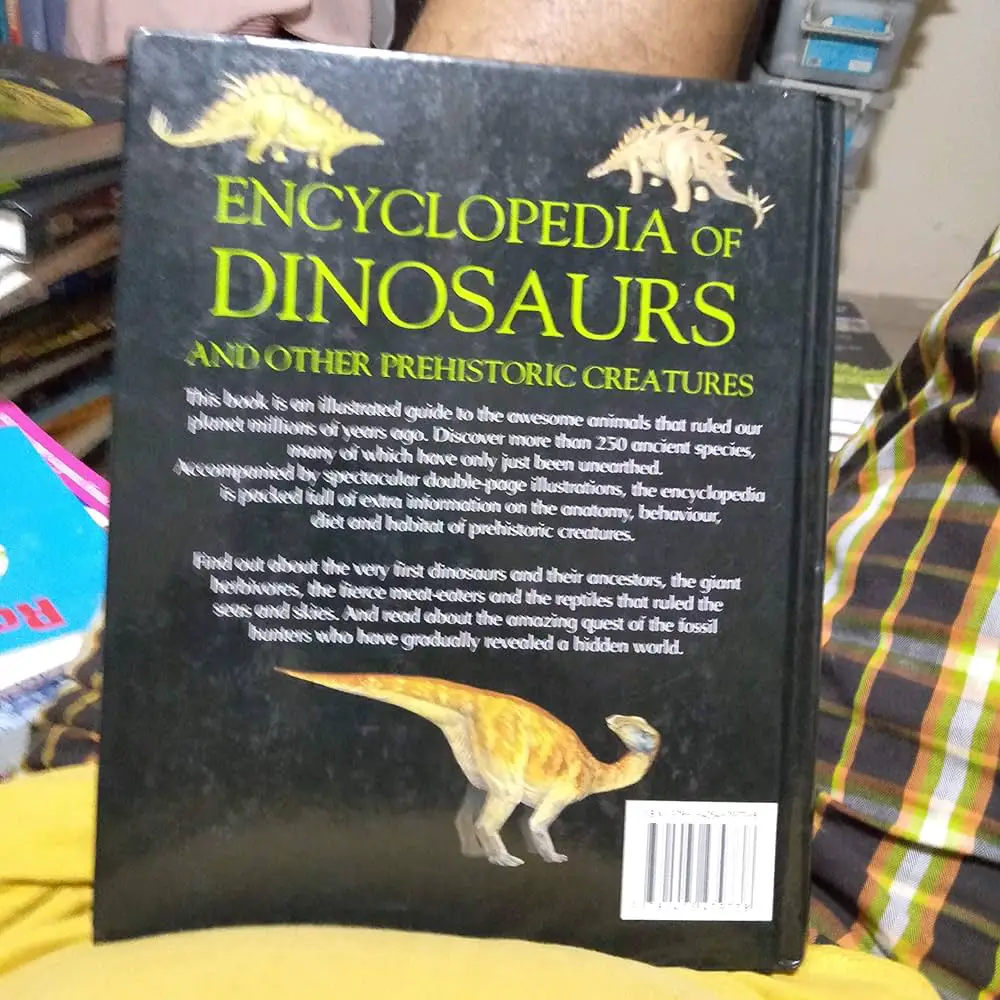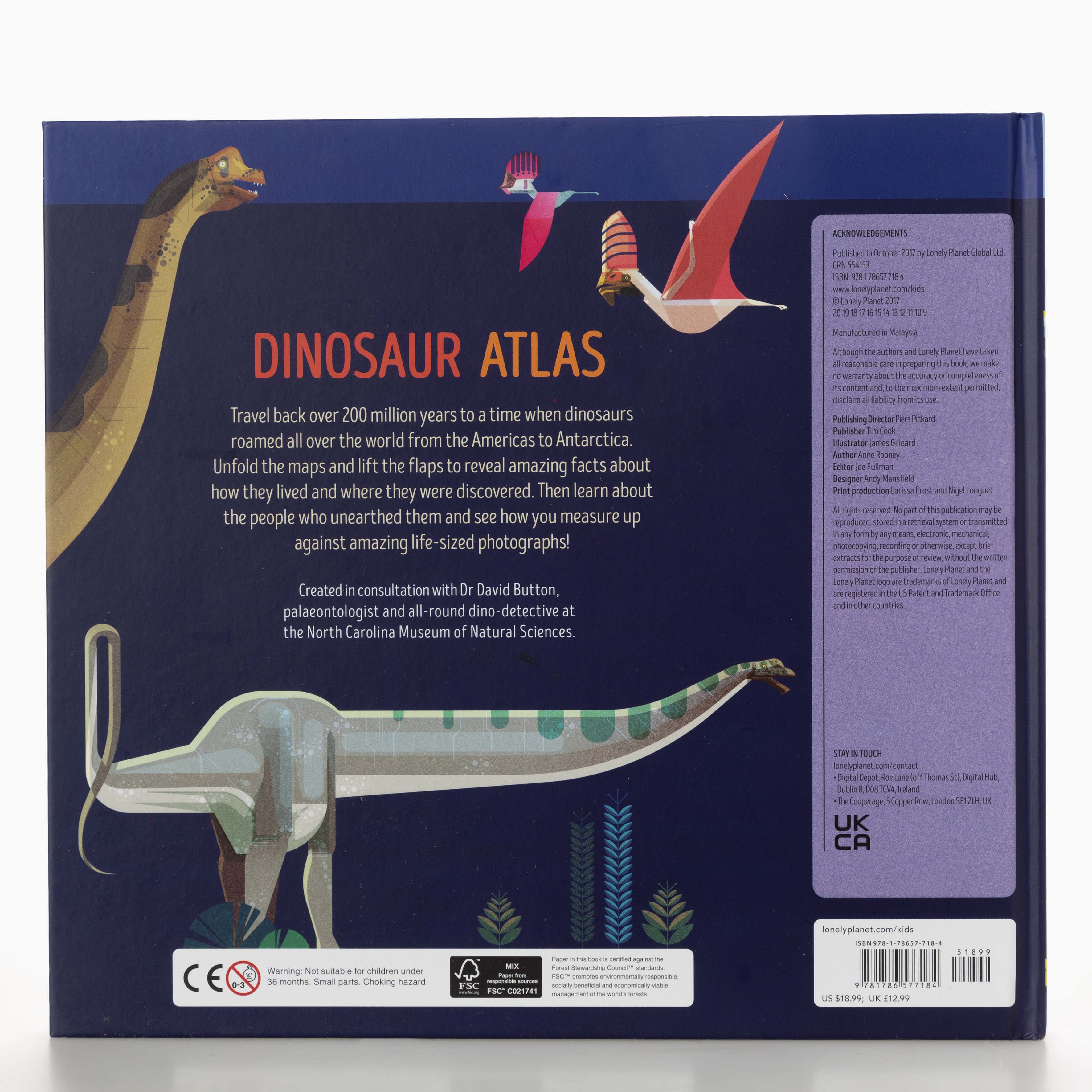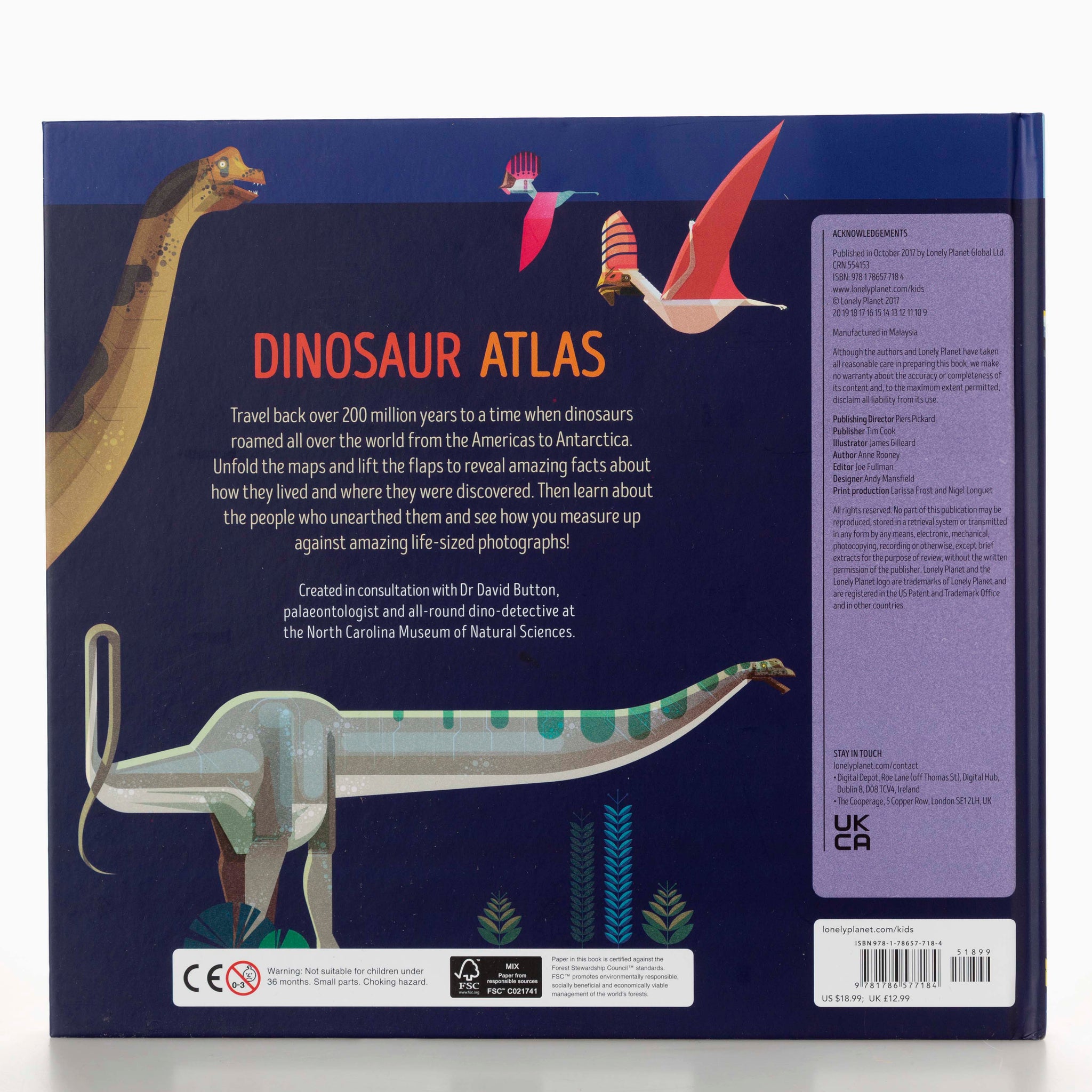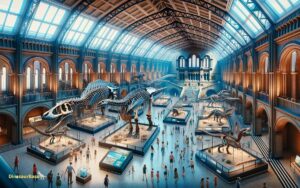Can Dinosaurs Come Back? Unearthed Truths Revealed!
Dinosaurs cannot come back to life in the way they once existed. Advances in science may lead to recreation of certain traits but not resurrecting the original species.
Dinosaurs, the prehistoric titans that once roamed our planet, continue to captivate our collective imagination. Their sudden disappearance about 65 million years ago leads to a natural question: Is it possible for dinosaurs to make a comeback? With the development of genetic technologies, the idea of de-extinction has become a topic of much debate.
Scientists have successfully mapped portions of dinosaur DNA, inspiring discussions about potentially bringing these ancient creatures back. Yet, the reality is more complex. While we can potentially create organisms with some dinosaur-like characteristics through genetic engineering, cloning, or CRISPR technology, reviving a true dinosaur as they once were remains beyond our current scientific capabilities. The ethics and potential ecological impacts of such endeavors also add layers of complexity to this fascinating subject.

The Age Of The Dinosaurs
Imagine a world ruled by gigantic reptiles. Huge creatures stomping across the Earth. This was the Mesozoic Era, the age of dinosaurs. This fascinating time spanned over 180 million years. Life on Earth was vastly different then. But could these amazing creatures ever roam our planet again?
Dinosaurs ruled the lands, seas, and skies, completing the ecosystem of ancient Earth.
An Era Of Reptilian Dominance
The age when dinosaurs thrived is known as the Mesozoic Era. It divides into three periods:
- Triassic — the rise of the first dinosaurs
- Jurassic — the era of giant herbivores and carnivores
- Cretaceous — the blossoming of dinosaur diversity
Dinosaurs became the apex species through adapting to various habitats. The world saw Tyrannosaurus Rex, Triceratops, and Velociraptors. They evolved unique traits like horns and feathers.
The Cataclysmic End Of A Reign
Around 66 million years ago, something earth-shattering occurred. The event was so dramatic it led to majority of the dinosaurs’ extinction. This event, known as the K-T extinction, changed life on Earth forever.
| Possible Causes | Effects on Dinosaurs |
|---|---|
| Asteroid impact | Instant habitat and food chain disruption |
| Volcanic eruptions | Long-term climate impact |
| Climate change | Changed environmental conditions |
With the dinosaurs gone, other forms of life, like mammals, began to thrive. The dinosaurs’ legacy continues through their bird descendants.
Unearthing The Giants
The very thought of dinosaurs prompts visions of colossal creatures that once roamed the earth. These giants, lost to time, stir our curiosity and our desire to understand our planet’s prehistoric life. Can dinosaurs come back to offer insights into their fascinating existence? The secrets lie beneath layers of the earth, waiting for the persistent efforts of science to reveal them.
Fossil Discoveries: Windows Into The Past
Uncovered from the depths of rock and silt, fossils tell stories millennia old. Each bone, tooth, and imprint serves as a profound connection to creatures from a bygone era.
- Astonishing finds across the globe – Fossils unearthed on every continent.
- Revolutionary technology – Modern tools enable precise analysis.
- Extinct species come to light – Each discovery potentially unveils a new dinosaur species.
Paleontology: Piecing Together Prehistoric Life
The science of paleontology offers us clues to reconstruct dinosaurs’ lives. Paleontologists meticulously assemble skeletal puzzles, illustrating the magnitude of these ancient animals.
- Detailed skull structures reveal diet and behavior.
- Size estimations expose habitats and coexistence.
- Fossilized remains, like eggs, provide reproductive insights.
With ongoing discoveries and technological advancements, we inch closer to picturing Earth’s distant past. The persistent quest to unearth these giants not only fulfills human curiosity but also enhances our appreciation for the history of life on our planet.
Reviving Extinct Species
Reviving Extinct Species stirs the imagination and beckons a wave of scientific inquiry. The idea of dinosaurs roaming modern day Earth seems straight out of a science fiction tale. But could this actually become reality? With recent breakthroughs in science, the once impossible task now appears on the horizon of possibility.
The Science Of De-extinction
De-extinction is no longer just a fantasy. It involves bringing back species that have long since disappeared from our planet.
- Techniques like cloning and selective breeding are key.
- DNA from preserved specimens acts as a blueprint.
- Scientists work tirelessly to fill in the genetic gaps.
Advancements In Genetic Engineering
Genetic engineering is advancing rapidly. It is essential for de-extinction.
| Technology | Application in De-extinction |
|---|---|
| CRISPR-Cas9 | Editing genes to resemble extinct species |
| Stem Cell Technology | Creating embryonic stem cells of extinct animals |
Scientists now have the tools to rewrite the story of extinction.

Credit: store.museumsvictoria.com.au
Challenges Of Resurrection
Imagine if we could witness a living, breathing dinosaur. While the idea thrills, bringing dinosaurs back is fraught with challenges.
Ethical Considerations
Bringing back creatures extinct for millions of years raises serious ethical questions. We must consider their well-being. Created in a world not their own, these beings might suffer physically and psychologically. The ethics of creating life, especially for entertainment or novelty, remains a critical, contested topic.
Cloning bears inherent risks, including potential defects, and cloned animals often face health problems. Such issues raise the question: Is resurrecting dinosaurs humane?
Ecosystem Impacts And Biodiversity Concerns
The reintroduction of ancient giants would undoubtedly disrupt modern ecosystems. Imagine a T-Rex in the wild, competing with existing predators for food. These prehistoric animals would need the right habitat, potentially putting existing species at risk.
- They could become invasive species, upsetting ecological balance.
- Food requirements for these large creatures could strain the ecosystem.
- Disease transfer between resurrected and contemporary species could be devastating.
Biodiversity, the backbone of healthy ecosystems, could suffer. Dinosaurs might outcompete current species, leading to new extinctions. Careful consideration is needed to evaluate the potential risks and benefits to the environment before moving ahead with any resurrection plans.
Jurassic Park Vs. Reality
The thrilling scenes from Jurassic Park where dinosaurs roam the earth again capture many hearts. This film sparks questions about the ancient giants’ return. Reality and science, though, tell a different story. Explore the world of dinosaurs through the lens of fiction and fact.
Pop Culture’s Influence On Public Perception
Pop culture often bends reality for entertainment. Jurassic Park greatly shapes how we view dinosaur revival. Dinosaurs thrive once more in these films. And we love the idea! The result? Many believe science can truly bring dinosaurs back to life. But is this the truth?
- Thrilling Stories – Movies create unforgettable adventures.
- Public Hype – People talk and dream about these stories.
- Misconceptions – Sometimes, what we see on screen isn’t possible.
Scientific Verdict On Dinosaur Revival
So, can scientists resurrect these prehistoric titans? The short answer: no. DNA degrades over time, making recovery impossible. Even with preserved specimens, the DNA is too old.
| Fact | Fiction |
|---|---|
| DNA breaks down over millions of years. | Jurassic Park’s DNA extraction is not realistic. |
| No suitable surrogate for a dinosaur egg exists. | Films often skip the complex science involved. |
| Ecosystems have evolved without dinosaurs. | Dinosaurs living today is purely imaginative. |
In essence, while Jurassic Park fuels our fascination, science sets the record straight. Dinosaurs, as we once knew them, will remain in the past. A rebirth through science remains beyond our reach.

Credit: www.facebook.com
Looking Ahead
As we gaze into the future, intrigued by the possibilities of bringing extinct species to life, our curiosity about dinosaurs remains as potent as ever. The quest to resurrect these colossal beings stirs the imagination, raising questions about our capabilities and ethics in the realm of science. While the revival of dinosaurs may sound like a far-off dream, it prompts important discussions about our role in the living world and the technological advances that could one day turn fantasy into reality.
Conservation Lessons From The Past
Deciphering the extinction of dinosaurs offers invaluable insights into the importance of ecological balance. This historical narrative helps us understand the vulnerabilities of species and the impact of environmental changes. This knowledge guides our current conservation efforts, as we strive to protect endangered species from a similar fate.
- Uncover the causes of dinosaur extinction
- Apply these findings to modern conservation
- Prevent history from repeating with today’s wildlife
The Future Of Paleogenetics
Advancements in paleogenetics could potentially unlock the code to de-extinction. Scientists work tirelessly, extracting ancient DNA from fossils to understand dinosaurs’ genetic makeup. This pioneering field holds the key to not only unraveling the mysteries of prehistoric life but also exploring the possibility of reviving long-lost creatures.
- Extract and analyze ancient DNA
- Explore the genetic links to modern animals
- Assess the feasibility of de-extinction technologies

Credit: store.museumsvictoria.com.au
Frequently Asked Questions For Can Dinosaurs Come Back
Is It Possible To Bring Back Dinosaur?
Currently, bringing back dinosaurs is not possible due to the lack of viable DNA and the long extinction period. Scientists have not discovered a method to resurrect these ancient creatures.
Could Jurassic Park Happen In Real Life?
Jurassic Park, as portrayed in fiction, isn’t possible today due to incomplete dinosaur DNA and current cloning limitations. Scientists can’t yet recreate extinct dinosaurs as shown in the movies.
Could Dinosaurs Roam The Earth Again?
Dinosaurs cannot roam Earth again as they did millions of years ago. Reviving extinct species involves complex scientific barriers and ethical dilemmas that are currently insurmountable.
What If Dinosaurs Never Went Extinct?
Had dinosaurs not gone extinct, Earth’s ecosystem would be vastly different, potentially hindering mammalian evolution and human emergence. Human-like existence might be unlikely in a world dominated by large reptiles.
Conclusion
Bringing dinosaurs back isn’t just science fiction anymore, yet it remains a complex debate. Ethical and ecological considerations abound. As technology progresses, the prospect might get closer to reality. For now, we can only speculate and let our imaginations roam free alongside these ancient giants in our dreams and stories.




